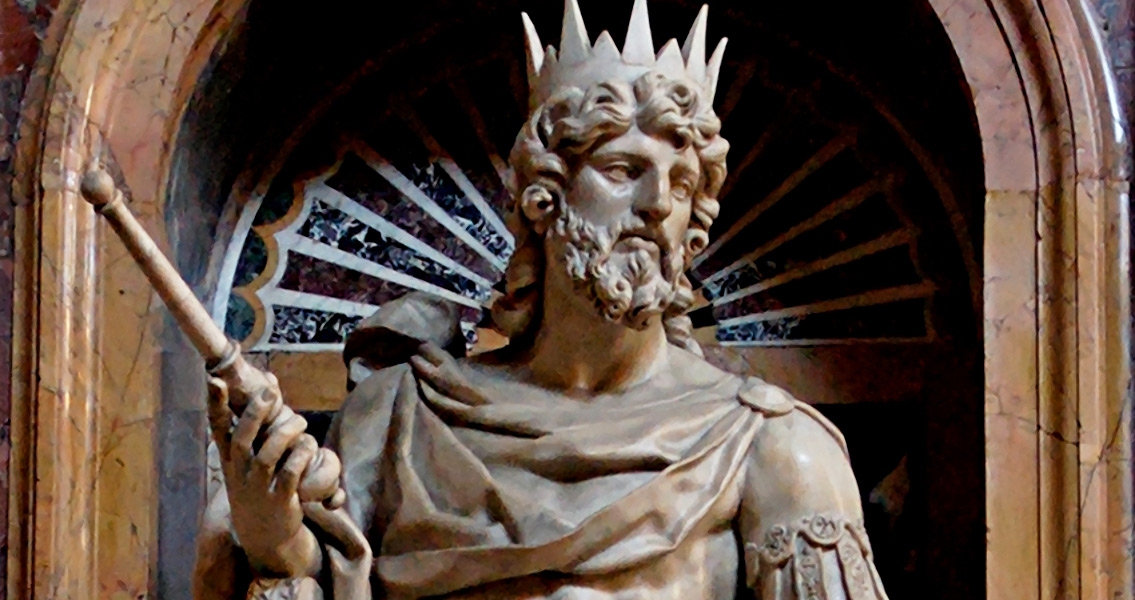<![CDATA[An ancient coin dating back to the tenth century BCE – roughly the time of the reign of King David – was recently discovered by a 10 year old volunteer from Russia who had been participating in the Temple Mount Sifting Project in Jerusalem. The project, which is responsible for sifting through countless tons of earth that were removed illegally from the Israeli capital’s most contested holy site at the turn of the twentieth century, is led by co-founder and director Dr. Gabriel Barkay. The archaeologist, who has been leading the project for more than a decade, told The Jerusalem Post that the unprecedented find represents the first of its kind to be discovered anywhere within the entire city. Barkay remarked that the dating on the coin’s seal would correspond to King David’s conquest of Jerusalem during the historical Jebusite period. Additionally, the seal also corresponds to the Temple’s construction and the royal official compound put forward by King Solomon, King David’s son and successor. Even more noteworthy is that the coin was found at the Temple Mount, the archaeologist stated. The coin was uncovered by Matvei Tcepliaev, a 10 year old boy from Russia who had been volunteering at the project. Tcepliaev is just one of more than 170,000 people who have volunteered to sift through the dirt since 2004, when the project began, yet this finding stands out as one of the most important – if not the most important – discovery since the project’s inception. Historians and archaeologists have hotly debated how historically credible the biblical text depicting Jerusalem during the tenth century BCE is. However, this newest find and other discoveries that have been made recently in the holy city have led researchers to believe that biblical text referencing Jerusalem could very well be the real deal. The discovery of the coin, in particular, lends credence to the idea that the Temple Mount was an administrative center during that time, Barkay explained. The seal present on the coin includes the images of a pair of animals, one above the other, with Barkay remarking that this could represent a predator stalking its prey. The coin itself is also able to be threaded through a string thanks to perforations in it. Around half the earth removed from the site illegally has yielded interesting and heretofore unknown insights into the plateau’s history. The previously inaccessible information yielded by the artifacts recovered by the Sifting Project has proven to be quite valuable, Barkay remarked, adding that these finds are easily some of the most varied, and the largest, ever found within Jerusalem as a whole. Zachi Dvira, fellow co-founder and director of the Sifting Project, remarked that while these findings were removed from their original resting place, thus destroying crucial archaeological context, a large number of these artifacts can be both identified and also dated through comparison with objects discovered at other sites. ]]>
10 Year Old Volunteer Discovers Ancient Coin in Israel
